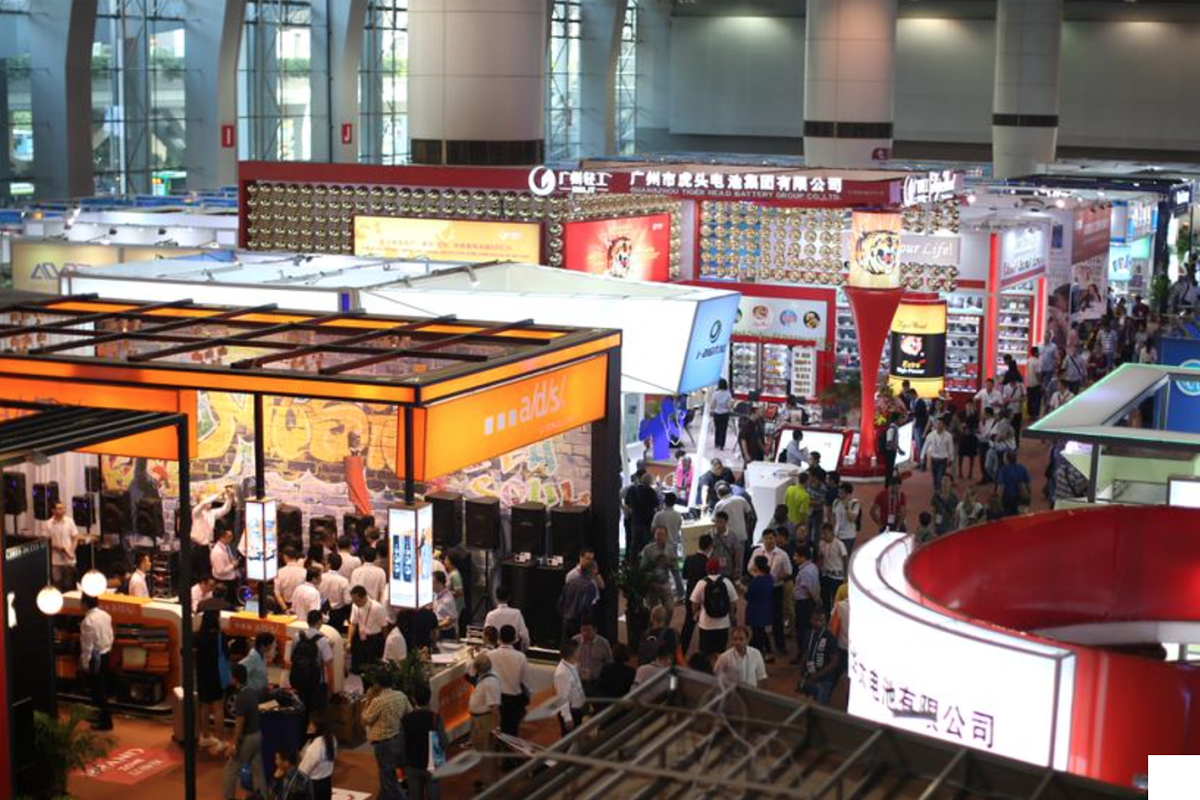China’s largest trade fair in sixty years

The Canton Fair is the largest trade fair in China in terms of product assortment, overseas buyers and transaction volume. It has become a weathervane of the trade ties between China and other economies.
The 123rd China Import and Export Fair, or the Canton Fair, recently kicked off in Guangzhou, South China’s Guangdong Province. The event has been held twice annually since its first session in 1957.
At that time, industrial equipment and production materials from overseas markets were in urgent demand for national construction. In this context, the Chinese government decided to establish the Chinese Export Commodities Fair in Guangzhou in the spring of 1957 in order to overcome the blockade and seek a way to communicate with the world. Ever since, the fair has been held in the spring and autumn of each year, charting its course filled with difficulties and glory. Half a century later, since the 101st session, the fair was renamed the China Import and Export Fair while adding the function of import.
The Canton Fair has grasped three major historical opportunities, namely the economic construction during the early days of new China, the reform and opening up as well as China’s entry into the WTO. These landmark actions allowed the world to understand China while helping China enter the global market. Today, the fair has become an indicator of the trade ties between China and other economies. It is the largest trade fair in China in terms of product assortment, overseas buyers and transaction volume. As of the 122nd session, its cumulative transaction volume had totaled around $1.3 trillion, attracting over 8.2 million global buyers. In the 123rd session, 60,475 booths occupied a gross exhibition space of 1,185,000 square meters. More than 25,000 exhibitors from China and abroad attended the event.
The most renowned exhibition in China, the Canton Fair has encountered problems and challenges in the new era. The total turnover and number of purchasers both declined in the recent sessions due to the weak global economic recovery, sluggish market demand and e-commerce diversion. Signs of recovery had not appeared until the 2016 autumn session. Shen Minghao has been committed to studying the fair’s development and serves as the director of the Institute of Studies for the Guangdong-Hong Kong-Macau Greater Bay Area at Guangdong University of Foreign Studies. He argued that the outlook of international market demand remains uncertain and global purchases tend to become more cautious, so there are more small and short-term deals as the number of big and long-term orders falls. The undesirable total transaction volume has directly held back corporations from exhibiting at the fair. “The factor of this metric has greatly impacted the fair,” Shen said.
Furthermore, domestic and foreign internet companies have developed rapidly in recent years. The traditional exhibition pattern probably will be overturned, so related innovation is inevitable. E-commerce companies allow online transactions whereas more enterprises of this kind have gotten involved in the offline market for further development in the context of Internet Plus. The model combining online virtual exhibition and offline transactions have been increasingly popular, said Li Shilan, an economic associate professor from the Party School of the Guangzhou Municipal Committee of CPC. Some excellent exhibitors may turn to online platforms due to the improving technology of e-commerce service. However, the Canton Fair’s e-commerce platform is still in its infancy, with a wide range of problems unsolved. Companies providing e-commerce service will pose a challenge to the exhibition economy because of their fight for offline market, Li added.
Agreeing with Li, Shen said that advancements in e-commerce have partly undermined exhibition business by overcoming the limitations of time and space, so that diversified demands of producers and buyers can be satisfied conveniently. Fewer producers have a need to seek potential customers at exhibitions.
Guangzhou, adjacent to Hong Kong and Macao special administrative regions, is a major source of overseas Chinese. The birthplace of the ancient maritime silk road, it was a major port with a thousand years of commercial and trade history, providing excellent foundation for its participation in the “Belt and Road” initiative.
The Canton Fair is devoted to promoting trade and cooperation between China and the countries along the proposed routes of the Belt and Road. More than 380 corporate exhibitors from 21 participating countries occupied a total of 626 booths in the 123rd fair. The numbers of exhibitors and stands account for 62 percent and 63 percent respectively in the import exhibition area. Of these countries, Egypt, Turkey, India, Thailand and Nepal all exhibited at the national level.
Exhibitors and purchasers from participating countries have become important attendees to the Canton Fair as the initiative continues to advance, said the fair’s spokesman Xu Bing. Some 44 percent of buyers from participating countries contributed $9.37 billion of China’s export transaction volume at the 122nd fair, a 13.6 percent year-on-year growth. The 123rd Canton Fair continues to implement the initiative in order to tap the potential for cooperation between China and the countries involved in the Belt and Road.
(edited by MA YUHONG)
